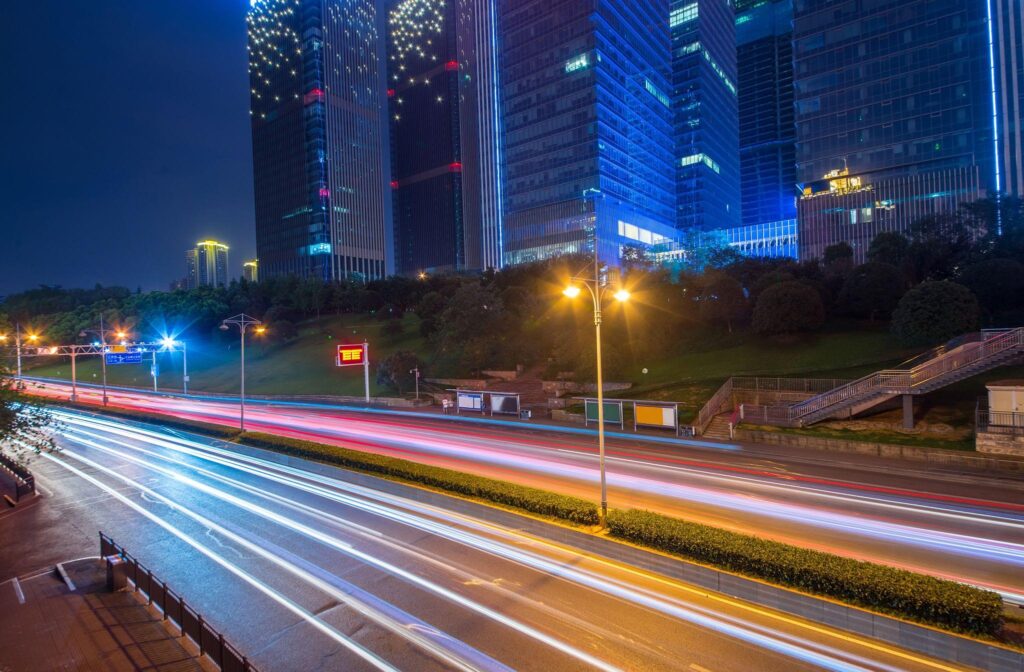Outline
- Introduction
- Energy Efficiency of Light Sensor Photocell Switches
- Performance Data: Case studies and statistics on energy savings
- Factors Influencing Savings
- Location
- Lighting Needs
- Environmental Factors
- Type of Lighting System
- Comparative Analysis: Energy Use with and without the Switch
- Lighting Without photocell switches
- Lighting Without photocell switches
- Comparison between fixed-timer systems and photocell-controlled systems
- Final Words
With climate threats on the horizon, it is crucial, more than ever before, to enhance power consumption in a way that is acceptable to the environment. While Lighting shares a significant amount of energy consumption both in residential and commercial spaces, Light sensor photocell switches are an effective solution to control lighting based on natural light availability.
By automatically adjusting artificial lighting in response to changing daylight conditions, these devices help prevent unnecessary energy consumption. This is because the use of light sensor photocell switches has rapidly increased within homes and businesses as a means of lowering electricity bills and carbon emissions.
This article explores the energy-saving potential of these switches, detailing their mechanisms, performance, and the factors influencing their efficiency.

Energy Efficiency of Light Sensor Photocell Switches
Light sensor photocell switches are manufactured to control illumination depending on the availability of natural light. These switches use a photocell, which is typically a semiconductor device. This changes its electrical resistance depending on the amount of light it receives, eventually causing on and off.
When daylight is sufficient, the switch turns off the connected lighting, and when natural light diminishes, it turns the lights back on. hence these are very sensitive to light levels which can easily be changed in order to achieve required lux levels—such that they only work when they are really needed.
This process eliminates unnecessary lighting during daylight hours, directly reducing energy consumption. Unlike conventional switches or timers that operate on fixed schedules, photocell switches respond dynamically to changing light conditions, ensuring lights are only used when needed.
Further, because of this feature, less energy is consumed by the systems and this prolongs the lifespan of lights ultimately making them more efficient. In fact, by incorporating such systems into lighting networks significant reductions in energy consumption can be obtained making their use pivotal in saving energy resources.
Performance Data: Case studies and statistics on energy savings
Light sensor photocell switches have demonstrated substantial energy savings across various real-world applications. For instance, as per stats by the Lighting Controls Association, the Lighting Controls have shown energy savings of up to 39% by automating and remotely managing outdoor lighting systems, which adapt to real-time conditions.
Another project has utilized wireless photocell systems that optimize light output based on dynamic daylight changes, leading to significant energy savings in settings like sports halls and leisure centers.
These examples highlight how the integration of advanced photocell technology into lighting systems can effectively reduce energy consumption by adjusting lighting according to ambient light conditions and occupancy, ensuring that lights are only used when necessary.

Factors Influencing Savings
Various important factors influence energy saving associated with light sensor photocell switches, such as location, lighting needs, and environmental conditions. Below is the detailed discussion.
Location
Geographic location because it determines how much natural light is available throughout the day. The use of photocell switches can lead to large energy savings in regions that have long day periods like areas that are near the equator, since they only promote the use of electric lighting for a few hours out of the whole day.
On the other hand, savings may not be significant during winter months at higher latitudes where there is a need for more artificial lighting.
Lighting Needs
The specific lighting requirements of a space also influence energy savings. For instance, outdoor areas such as parking lots, pathways, or building exteriors that require consistent illumination for safety and security purposes benefit greatly from photocell switches. They ensure lights are on only when necessary.
In contrast, areas with intermittent lighting needs, like conference rooms or storage spaces, may achieve different levels of savings depending on how often the lights need to be on.
Environmental Factors
The surrounding environment, including obstructions like trees, buildings, or weather conditions (e.g., frequent cloud cover), can affect how much natural light reaches the photocell sensor.
If the sensor is shaded or experiences variable light levels due to environmental factors, it may lead to less efficient operation. This results in less energy savings. Adjusting the sensitivity of the photocell or using supplementary sensors can help mitigate these issues.
Type of Lighting System
Apart from the above discussed factors, the effectiveness of the lighting fixtures also influences energy savings. This is because LED lights, for instance, consume less power and last longer than traditional bulbs. Thus LED lights when used together with photocell switches, they can lead to maximum energy conservation.
In addition to this, combining photocell switches with dimmable light systems enables even greater accuracy in controlling energy use by allowing for dimming instead of total shut downs when full brightness is not required.
Comparative Analysis: Energy Use with and without the Switch
To understand the impact of light sensor photocell switches on energy consumption, it’s essential to compare scenarios with and without these devices.

Lighting Without photocell switches
Normally lighting systems not having photocell switches would either operate manually or on fixed schedules. This often results in lights being left on during daylight hours or after they are no longer needed, leading to significant energy wastage.
For instance, in a parking area that does not have photocell controls, the lights might come up at regular intervals only to go down during dawn, irrespective of surrounding brightness. Thus, if it is still bright outside until well into the evening, then these lights would waste power for no good reason. Furthermore, without any sort of regulating device, there may be no one around but lighting systems will still remain operational even for days like holidays or weekends.
Lighting Without photocell switches
In contrast, when a light sensor photocell switch is integrated into the system, it ensures that lights operate only when ambient light falls below a set threshold. This results in precise energy management, as the lights automatically turn off during periods of adequate daylight. Studies have shown that using photocell switches can reduce energy consumption by up to 39% in outdoor lighting applications.
Comparison between fixed-timer systems and photocell-controlled systems
This comparison reveals that the latter provides more adaptability. For instance, in environments where daylight duration varies significantly throughout the year, a timer might require constant adjustments to maintain energy efficiency. Photocell switches, however, adjust automatically, ensuring optimal energy use without manual intervention.
In conclusion, light sensor photocell switches drastically reduce energy wastage compared to systems without them by automatically responding to real-time lighting conditions. This adaptability not only cuts down on energy costs but also contributes to the extended life of lighting systems, further enhancing overall efficiency.
Final Words
Light sensor photocell switches are a proven solution for optimizing energy efficiency by automatically adjusting lighting based on ambient conditions, leading to significant energy savings. For those looking to enhance their lighting systems with reliable photocell technology, Chi-Swear offers high-quality, durable products designed to meet various lighting needs, making them a trusted choice for energy-conscious consumers.







One Response